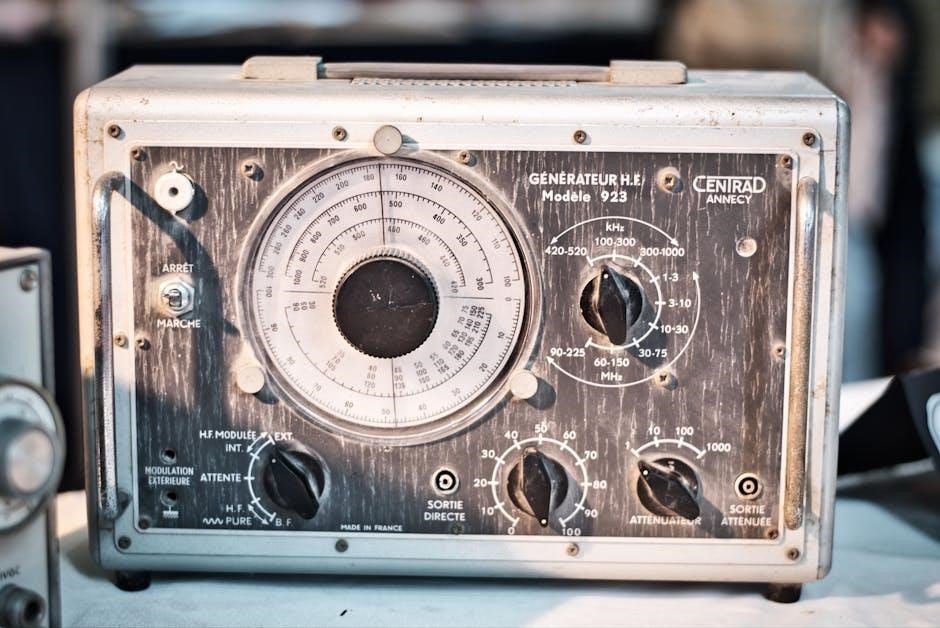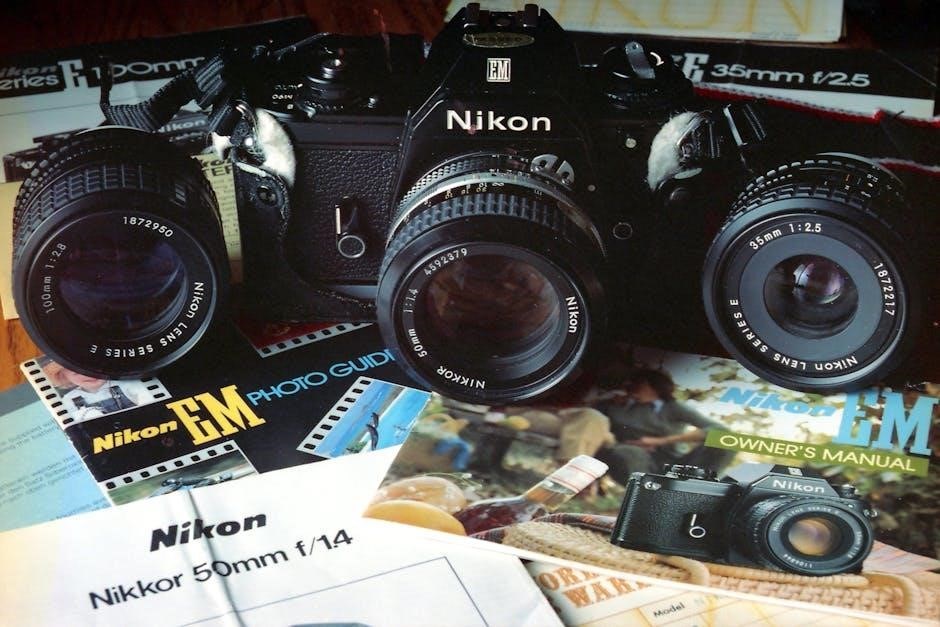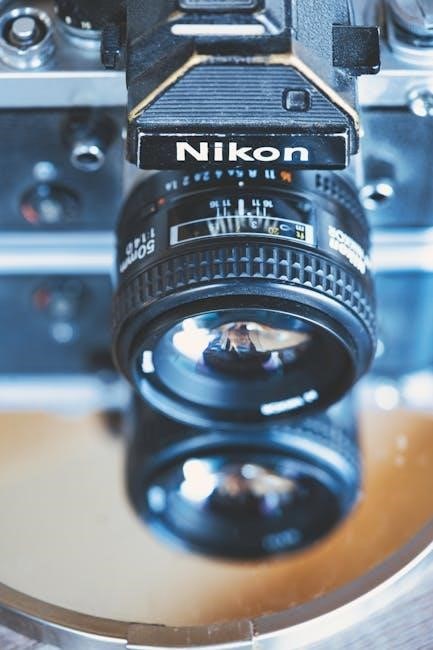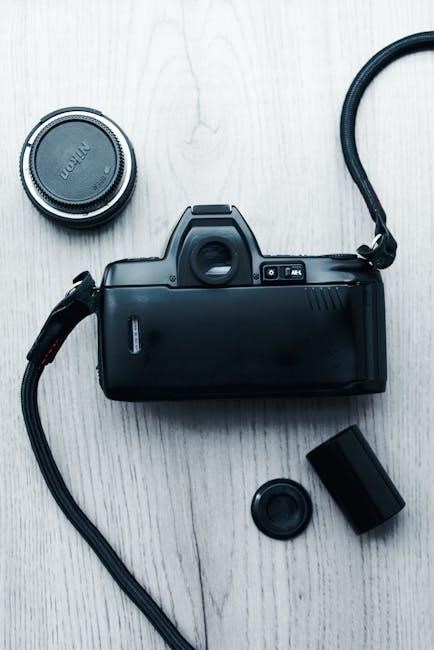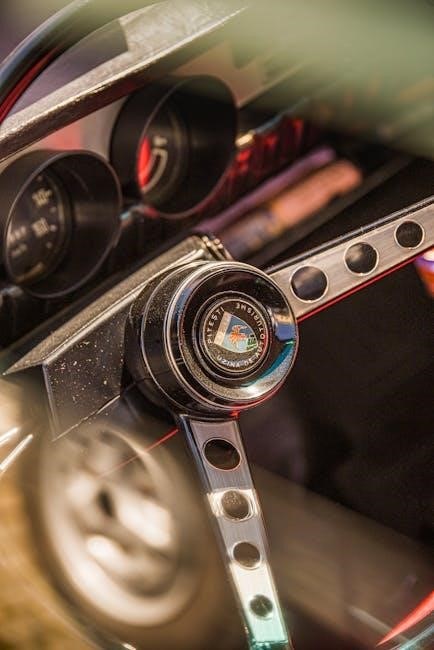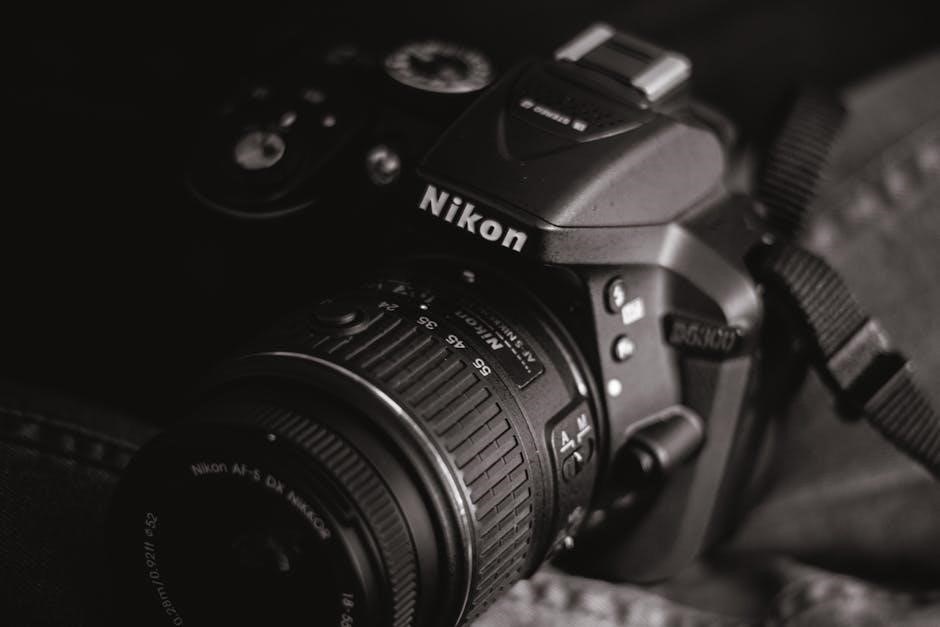What is a 200 Amp Manual Generator Transfer Switch?
A 200 Amp manual generator transfer switch is a device that allows you to safely switch between utility power and a generator. It manages substantial electrical loads, common in larger homes, commercial buildings, or industrial settings. It provides selective control over power.
Purpose and Function of a Transfer Switch
The primary purpose of a transfer switch, especially a 200 Amp manual version, is to ensure a safe and seamless transition between your main power source (utility grid) and a backup power source (generator) during a power outage. This prevents backfeeding, where generator power flows back into the utility grid, endangering line workers and damaging equipment.
Functionally, the transfer switch acts as a gatekeeper, isolating your home or building’s electrical system from the grid when the generator is in use. When utility power is lost, the manual transfer switch allows you to disconnect from the grid and connect to your generator. This manual process requires physically switching the lever on the device.
It allows maintaining power during outages by providing a reliable transfer from the utility to the generator. The transfer switch is a core component that constantly monitors the incoming utility power, and determines when a true outage is occurring. Then, switch from utility power to emergency generator power, and back when utility power returns.

Key Features of a 200 Amp Manual Transfer Switch
A 200 Amp manual transfer switch boasts several key features designed for safety, reliability, and ease of use. It’s built to handle substantial electrical loads, with a 200 Amp capacity suitable for larger homes, commercial establishments, or industrial applications. The heavy-duty construction ensures durability and long-term performance.
Safety is paramount, and these switches typically include features like a double-throw design to prevent backfeeding. The NEMA enclosure protects the internal components from environmental factors. The switch provides multiple insulation protection to ensure safety; The lockable design also adds security.
The switch offers flexibility to power multiple large appliances, and turn off circuits on your main electrical panel to prevent overloading your portable generator. The manual operation provides selective control over your generator and utility power. These switches are ideal in applications where automatic transfer switches can’t be used because of location.
Indoor vs. Outdoor Rated Transfer Switches (NEMA 3R)
When selecting a 200 Amp manual transfer switch, it’s crucial to consider whether it will be installed indoors or outdoors, as this dictates the required environmental protection. Indoor-rated switches are designed for use in dry, sheltered environments, protecting against dust and contact with internal components.
Outdoor-rated switches, often featuring a NEMA 3R enclosure, offer enhanced protection against the elements. NEMA 3R enclosures safeguard against rain, sleet, and snow, making them suitable for outdoor installations where the switch may be exposed to weather. The GE 200 Amp transfer switch offers a NEMA type-3R metal enclosure for outdoor use.
Choosing the correct rating is essential for safety and longevity. Using an indoor-rated switch outdoors can lead to corrosion and electrical hazards. Conversely, an outdoor-rated switch can be used indoors, but it may be an unnecessary expense if the environment is already protected. Roam’s line of NEMA 3R rated Manual Transfer Switch boxes makes connecting and switching power from a portable generator to your site fast, easy, and most importantly safer.
Sizing and Compatibility with Generators
Proper sizing and generator compatibility are vital when choosing a 200 Amp manual transfer switch. The switch’s amperage rating must match or exceed your home’s main service panel rating to handle the full electrical load. A 200 Amp transfer switch is designed for services up to 200 Amps, ensuring it can manage the total current flowing through your electrical system.
Consider your generator’s output capacity. While the transfer switch handles the load, the generator must supply sufficient power to run desired circuits. Overloading the generator can cause damage or failure. For example, a portable generator starting at 8kW with a 50-Amp receptacle can be used with a whole house manual transfer switch.
Ensure the transfer switch’s voltage and phase match your generator and electrical system (e.g., 120/240V single-phase). Compatibility prevents damage and ensures safe operation. Selecting the correct transfer switch ensures your generator can seamlessly power your home during outages.

Wiring and Installation Considerations
Wiring and installation of a 200 Amp manual transfer switch require careful planning. Professional installation is recommended. Adherence to local electrical codes is essential for safety. Incorrect wiring can cause hazards.
Wire Gauge and Lug Compatibility
Selecting the correct wire gauge and ensuring lug compatibility are critical aspects of installing a 200 Amp manual transfer switch. The wire gauge must be appropriately sized to handle the 200 Amp current to prevent overheating and potential fire hazards. Refer to the National Electrical Code (NEC) tables to determine the proper wire gauge based on the amperage and wire type (copper or aluminum).
Lug compatibility is equally important. The lugs on the transfer switch, generator, and electrical panel must be compatible with the selected wire gauge and material. Using mismatched lugs can lead to loose connections, increased resistance, and potential arcing. Verify that the lugs are rated for the specific wire type (copper or aluminum) being used.
When connecting larger gauge wires, ensure the lugs are properly torqued to the manufacturer’s specifications. Over-tightening can damage the lug, while under-tightening can result in a loose connection. Use a torque wrench to achieve the correct torque value. Consider using antioxidant compounds on aluminum connections to prevent corrosion and maintain a good electrical connection. Proper wire gauge and lug compatibility are essential for safe and reliable operation.
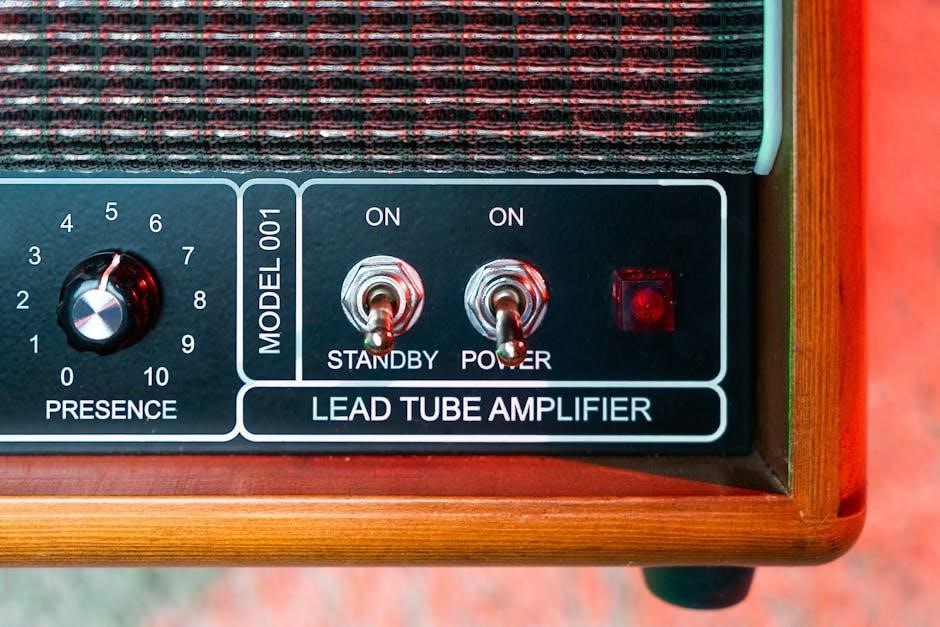
Safety Standards and Certifications (UL Listing, ANSI)
Adherence to safety standards and certifications is paramount when selecting and installing a 200 Amp manual transfer switch. Look for products that are UL Listed (Underwriters Laboratories) to ensure they have been tested and meet established safety requirements. UL Listing indicates the switch has undergone rigorous evaluation for electrical safety, fire resistance, and overall performance.
ANSI (American National Standards Institute) certification signifies that the transfer switch conforms to nationally recognized standards for design, manufacturing, and testing. These standards cover aspects like insulation, temperature rise, and short-circuit withstand capability. Compliance with ANSI standards ensures the switch meets industry benchmarks for safety and reliability.
These certifications provide assurance that the transfer switch has been independently verified to meet stringent safety criteria, reducing the risk of electrical hazards and ensuring safe operation. Choosing a UL Listed and ANSI certified product demonstrates a commitment to safety and provides peace of mind.
Manual vs. Automatic Transfer Switches
When considering a generator transfer switch, a key decision is whether to choose a manual or an automatic model. A manual transfer switch requires the user to physically switch between utility power and generator power during an outage. This involves manually operating the switch, ensuring the generator is running, and carefully monitoring the load.
In contrast, an automatic transfer switch (ATS) automatically detects power outages and seamlessly switches to generator power without any manual intervention. The ATS constantly monitors the incoming utility power and, upon detecting an outage, starts the generator and transfers the load. When utility power is restored, the ATS automatically switches back and shuts down the generator.
Manual switches are generally more affordable, while automatic switches offer convenience and uninterrupted power. The choice depends on budget, desired level of automation, and criticality of maintaining power during outages.
Applications: Residential, Commercial, and Industrial
The 200 Amp manual transfer switch finds applications across diverse settings, ensuring power continuity in residential, commercial, and industrial environments. In residential settings, it provides homeowners with the ability to power essential circuits during outages, like lighting, refrigeration, and heating systems, offering comfort and safety.
Commercial establishments, such as retail stores and offices, rely on these switches to maintain critical operations, minimize downtime, and protect valuable inventory. They prevent data loss, maintain security systems, and keep essential equipment running.
In industrial facilities, a 200 Amp manual transfer switch safeguards sensitive machinery, prevents production disruptions, and ensures worker safety. They are crucial for powering vital equipment, like pumps, compressors, and control systems, enabling continuous operation and preventing costly shutdowns. The manual transfer switch gives the flexibility to power appliances.
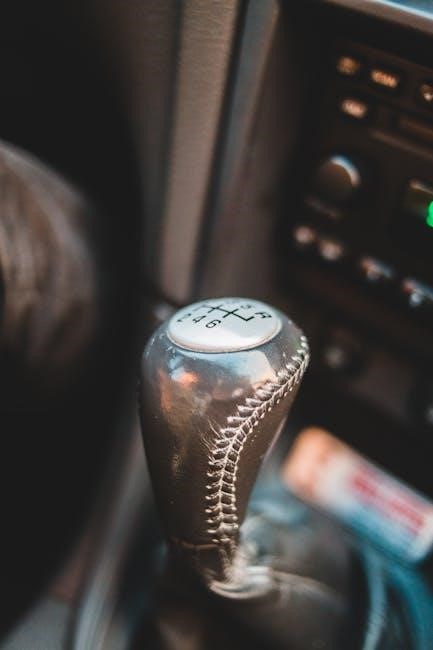
Brands and Models Available
Several brands offer 200 Amp manual transfer switches. Popular choices include GE, Generac, Reliance Controls, Midwest Electric, ASCO, and POWERTRON. Each brand provides various models with different features and specifications, allowing users to select the best fit for their needs.
GE, Generac, Reliance Controls, Midwest Electric, ASCO, POWERTRON
GE offers emergency power transfer switches with NEMA 3R enclosures suitable for outdoor use, boasting UL listing and ANSI certification. Generac provides Homelink manual transfer switches and service-rated transfer switches that monitor utility power, switching to generator power during outages. Reliance Controls features Panel/Link manual transfer switches with interlinked breakers and heavy-duty copper buses. Midwest Electric offers heavy-duty manual transfer switches designed for reliable power transfer, ensuring continuous operation during utility failures.
ASCO provides Series 300 manual transfer switches ideal for commercial, telecom, healthcare, and light industrial applications. These switches are designed for manual transfer to temporary generators during power outages. POWERTRON MTS deliver economical, reliable, and safe load transfer. Their UL 1008 manual transfer switches come standard in NEMA Type 4/12 enclosures, with stainless steel options available. These brands offer a variety of models to meet diverse power management needs.
